How to wash workwear in a washing machine?
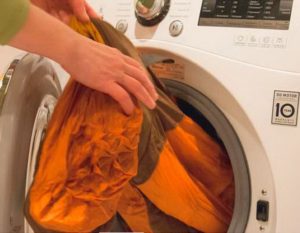 According to sanitary standards, employers must clean work clothes. But in reality, you have to deal with fuel oil, varnish, paint and grease on rough fabric at home. In order for washing work clothes in a washing machine to bring the desired results, you need to know how, how much and with what to wash stubborn stains. Step-by-step instructions, examples and recommendations will help with this.
According to sanitary standards, employers must clean work clothes. But in reality, you have to deal with fuel oil, varnish, paint and grease on rough fabric at home. In order for washing work clothes in a washing machine to bring the desired results, you need to know how, how much and with what to wash stubborn stains. Step-by-step instructions, examples and recommendations will help with this.
Find out everything about a thing
Workwear is intended for “dirty” and dangerous work, so it is sewn from coarse fabric, often treated with various impregnations and additives. An unpleasant addition is the fact that there are specific stains on it. Frequent “guests” on the robe are fuel oil, paint, adhesives, construction foam and machine oil. Washing such things is difficult, time-consuming, and sometimes dangerous.
There are three ways to deal with dirty overalls:
- wash by hand;
- use a washing machine;
- take the item to the dry cleaner.
Before washing workwear, you must carefully study the manufacturer's label.
You need to decide how to wash work clothes based on the type of fabric, degree and nature of contamination. Most often, you can remove industrial stains at home and avoid spending money on laundry services. But sometimes you can’t do without professional cleaning - according to sanitary standards, some categories of overalls can only be washed chemically.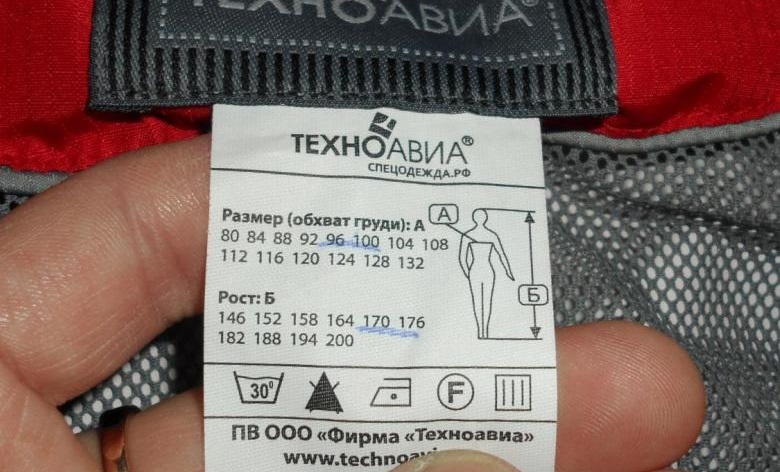
The following types of clothing are prohibited from washing at home.
- Items soaked in a special thermal protective solution. This impregnation protects wadded trousers, linen and linen-cotton-fsan products from exposure to high and low temperatures.If you wash these clothes in a regular washing machine, the additional layer will be washed off and the suit will lose its protective properties. This, in turn, will put the worker's life at risk. Therefore, you need to either use dry cleaning, or treat the fabric again after washing.
- Things to wear when working with poisons and chemicals. Before washing such products in a machine or by hand, it is necessary to first carry out a disinfection or degassing procedure.
If an employee interacts with poisons and chemicals, then before washing at home, it is necessary to disinfect the overalls at a dry cleaner.
Ideally, a special department at production should inform about the nuances of washing this or that equipment. The factory tag also says a lot - a label on which the rules for caring for the product are written down. Most often the following markings are present on the robe:
- “circle” – chemical washable;
- “A” – the fabric will withstand any cleaning solution;
- “P” – you cannot use products containing trichlorethylene;
- “F” – you can use cleaning compounds based on petroleum products.
If you follow all the recommendations on the tag, the fabric will be cleaned without the risk of deformation or damage to the product. It is important to remember this information, since after several washes the label may wear out. It is better to immediately cut off the label and take it out if necessary.
Machine wash rules
Washing work clothes by hand is very difficult: dense fabric becomes heavier when wet, and stubborn stains require strong friction. It’s better not to suffer, but to immediately turn to the washing machine for help. True, here you will have to come to terms with several important rules: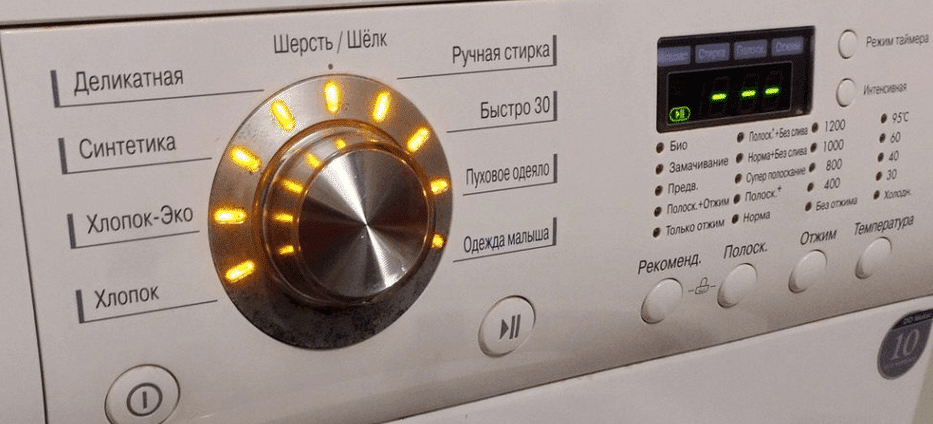
- clothes with stains from paint, fuel oil and varnish are pre-soaked in hot water for at least 2-4 hours;
- select the maximum possible washing temperature;
- the overalls can be washed both in the normal mode and in the “Sports wash” and “Work clothes” mode;
- Add an enhanced stain remover to the powder.
If there are oily or fuel oil stains, it is necessary to pre-soak the overalls for several hours.
The duration of the cycle is determined by how dirty the item is. If after pre-soaking the stains come off the fabric, then it is enough to run the wash for the standard 30-50 minutes. Detergents are also selected individually: most often regular powder is enough, but sometimes bleaching solutions are added - with vinegar, household oil or soda.
Do you often need to refresh your overalls?
How often to wash things depends on the degree and nature of the dirt, as well as the operating conditions of the robe. In some cases, daily cleaning is indicated, while in others, quarterly cleaning is indicated. The frequency and intervals are prescribed in SanPin and relevant regulations of the Ministry of Labor of the Russian Federation.
The workwear can withstand at least 20 washes without losing its primary protective properties, shape and color.
Thus, according to sanitary standards, daily washing is indicated for the uniform used in catering establishments. Especially if the employee is engaged in processing dairy or meat products. There are no strict time frames in factories - everything depends on the accuracy of the worker. According to Decree No. 36 from the Ministry of Labor, the enterprise is obliged to regularly clean overalls. At the same time, it is necessary to comply with deadlines and maintain required reports.
We remove stubborn stains
If the dirt that gets on your robe is deeply ingrained into the fabric, you need to soak it before washing. Especially if there are oily or paint-and-varnish substances on the clothes, which, if they get into the drum, will “disperse” throughout the machine, color and damage the internal elements of the washing machine. Some stains go away after an hour in clean hot water, while others require more serious bleaching and 2-4 hours.
Most stains are removed after soaking in warm water with dissolved laundry soap. The effect is enhanced by rubbing with a brush and sponge or adding strong stain removers. Rubbing the problem area with turpentine will also help. Bleaching agents are used to remove pigments, and petroleum products and active alkalis work well against grease.
Removing traces of machine oil
When working at service stations and gas stations, you have to deal with fuel oil stains on your uniform. You can remove such liquid from fabric with turpentine, gasoline, ammonia, acetone, soda or laundry soap. Treat the problem area with any product and soak for an hour.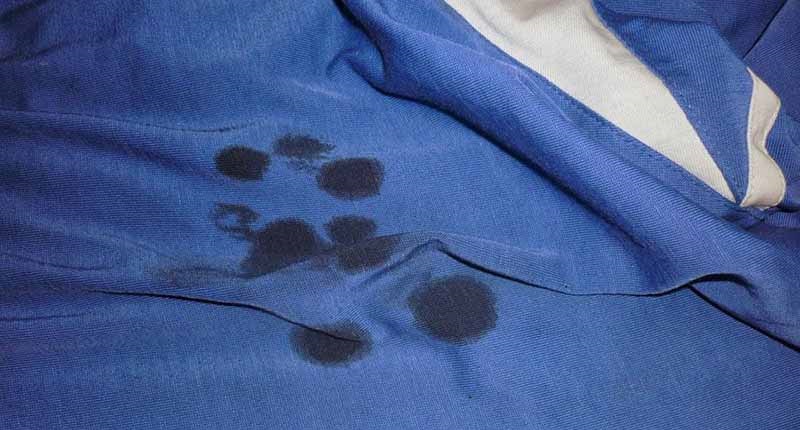
Dish gel offers a less aggressive cleaning: rub the stain and leave it in the solution for 24 minutes. Also effective in removing fuel oil is butter or essential oil and steaming from the inside through paper. Afterwards, the item is rinsed and sent to the washing machine for a standard washing program.
How to dry?
After washing, the item must be dried properly. A strong spin will damage dense fabric, so we reduce the speed and let the water drain freely. Artificial drying with an iron or radiator will ruin the appearance of the robe: it is better to hang it out in the fresh air until it dries completely. The fresh air will also help neutralize lingering odors from soaking and bleach.
It is possible to clean overalls at home, but only if all sanitary and safety standards are observed.
Interesting:
Reader comments
- Share your opinion - leave a comment





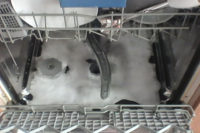















Add a comment